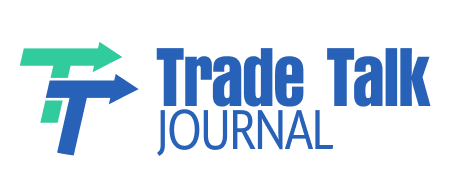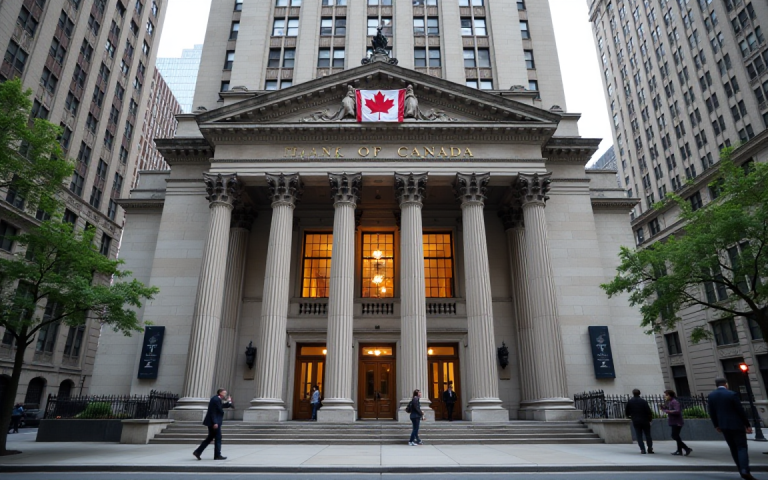The Bank of Canada (BoC) left its key interest rate constant at 2.75% on Wednesday, pausing for the second time in a row as officials assess the impact of intensifying US trade moves on the Canadian economy.
Governor Tiff Macklem said the central bank is actively watching inflation and growth amid uncertainty caused by the United States’ trade policy moves.
“The trade conflict initiated by the United States remains the biggest headwind facing the Canadian economy,” Macklem stated during a press conference, stressing the unpredictability of US penalties.
Just hours before the decision, US President Donald Trump increased tariffs on Canadian steel and aluminium imports to 50%, putting additional pressure on Canadian exporters and stoking inflation concerns.
Inflation balancing act
The central bank must strike a difficult balance between rising prices and slow economic development.
While Canada’s headline inflation rate dropped to 1.7% in April, owing mostly to decreased energy prices, core inflation indicators remained over the Bank of Canada’s target range of 1% to 3%.
Macklem attributed this in part to rising commodity prices, particularly food, which could indicate disturbances in trade flows.
“Higher core inflation can be partly attributed to higher goods prices, including food, and may reflect the effects of trade disruption,” Macklem said, noting that both firms and consumers appear to be bracing for additional price hikes.
Surveys reveal that many businesses aim to pass on higher input costs caused by tariffs.
Rate cuts are still on the table
Though the BoC has kept interest rates stable for the time being, Macklem warned that a further rate decrease may be required if the economy displays symptoms of weakness in reaction to prolonged trade tensions and inflation pressures remain under control.
To support the economy, the central bank has already dropped its benchmark rate by 225 basis points over the last nine months.
“There was a clear consensus to hold policy unchanged as we gain more information,” Macklem told reporters. However, he highlighted that members accepted the possibility of more stimulus if uncertainty persisted.
Markets are split on whether the BoC will cut at its next meeting on July 30, with swap markets pricing in a 55% possibility of another hold.
Economists, on the other hand, are leaning toward a quarter-point cut, particularly if job losses persist and non-tariff inflation falls.
Economic growth is losing momentum
Canada’s first-quarter growth surprised on the upside, but underlying trends are still weak. Business investment and domestic spending have been low, and Macklem expects growth in the second quarter to be “substantially weaker.”
The bank will get two more months of inflation data and one GDP print before making its next rate decision, which will be followed by a new Monetary Policy Report.
While the BoC had described two growth scenarios in April, one with a minor impact from tariffs and the other assuming a full-fledged global trade war and recession, Macklem remarked that the chance of the second has decreased marginally. However, residual uncertainty continues to obscure the situation.
Despite headwinds, the Canadian dollar remains firm
Despite the uncertainty, the Canadian currency crept higher after the rate decision. The Canadian dollar increased by 0.14% to 1.3698 against the US dollar, or around 73 cents.
Economists predict two to three additional rate cuts in 2025, perhaps lowering the benchmark rate to approximately 2% by year-end.
Much will be dependent on the future of trade ties with the United States, inflation dynamics, and domestic economic resiliency.
Until then, the Bank of Canada is expected to stay cautious, directing policy based on incoming data and avoiding forward guidance in what Macklem described as a “highly unpredictable” external environment.
The post Bank of Canada holds rate at 2.75%, but eyes July cut amid rising trade tensions appeared first on Invezz

